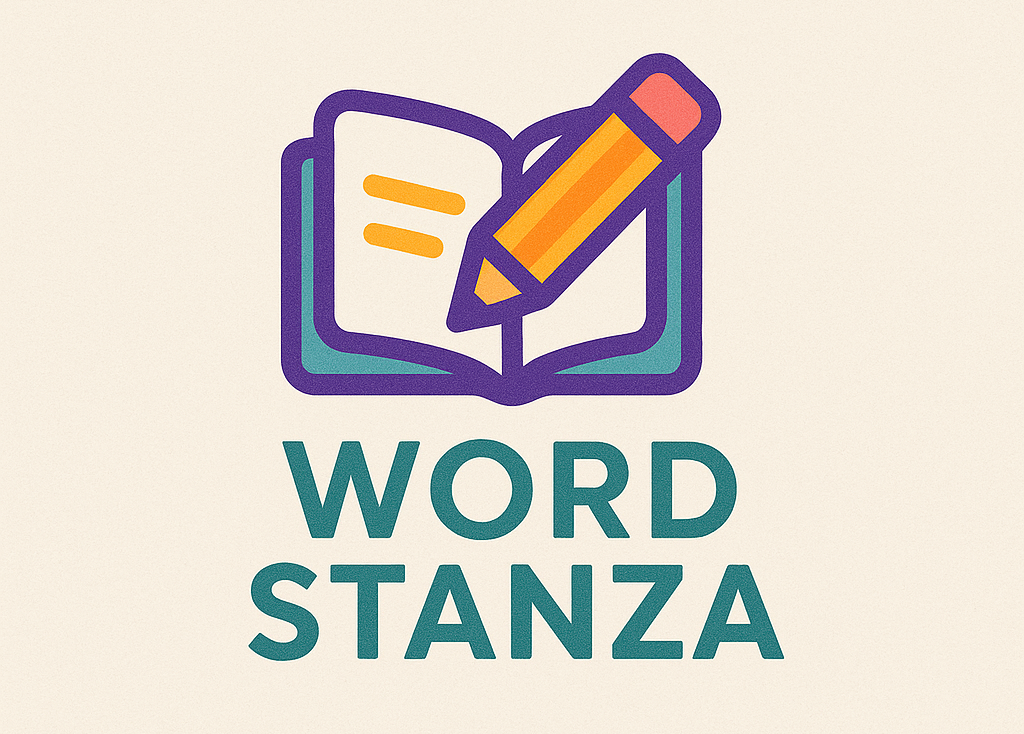American Sign Language (ASL) is a commonly used sign language in America and Canada. In fact, it’s the third most common language (of any form) in the region. English and Spanish are the first and second most popular languages respectively. Contrary to public notion, ASL doesn’t represent English or is not some kind of imitation of the language. Surprisingly, ASL is more like the Navajos’ (Native American people) language and spoken Japanese than English.
When discussing ASL or any sign language for that matter, you are referring to what’s known as visual-gestural language. Since “listeners” should use their vision to “receive” data, this language was created so that it could be recognized easily by the eyes. The “signs” or body movements used for conveying a message is the “gestural” component of the language.
ASL is relatively recent, having first appeared during the 1800s. With strong French Sign Language roots, ASL has evolved over time to use signs that are generally used during less formal scenarios, such as within the deaf people circles or in their homes.
Is There a Universal Sign Language?
The deaf have no universal language. Different parts of the world have their own sign languages, which vary from one another. A spoken English American speaker, for instance, would usually not have many problems understanding a person from England or Australia or any other English speaking country. However, with sign language, an individual signing using ASL won’t understand people who sign using the Australian ‘Auslan’ or British Sign Language (BSL).
ASL Misconceptions
Like any language, ASL has been subjected to multiple misconceptions among people who haven’t explored the language fully. Because it has the word ‘American’, most people assume the language has qualities of the English language and is basically a depiction of English using gestures and hands. However, this isn’t the case. The following are some of the most common ASL misconceptions:
• English Using the Hands
Like already mentioned, American Sign Language (ASL) has minimum similarities with spoken English, and it doesn’t represent English words in any way. ASL was independently formed and has its unique symbols and structure for different ideas and words.
• ASL is Shorthand
Another common ASL misconception is it’s some kind of shorthand or quick communication method that uses symbols and abbreviations. This misconception exists because ASL has no written component.
• ASL and BSL Have Similarities
Although the United Kingdom and America speak the same language predominantly, ASL and BSL have multiple differences. In fact, ASL is rooted in FSL or French Sign Language, while BSL has greatly influenced sign languages Down Under – Australia and New Zealand.




